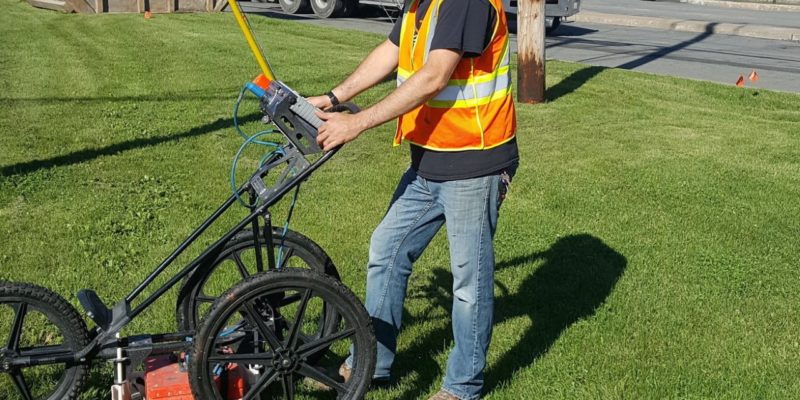With the changes in the environment and an increase in population, there is always the need to come up with new constructions, and to renovate existing structures to resolve issues or meet current trends. While carrying out such projects, GPR utility detection becomes a vital process to avoid damaging underground utilities which may still be useful to residents around. Discussed below are some of the approaches used in detecting and locating underground utilities during construction projects:
Desktop search
This is usually the very first step of GPR utility detection and it mainly involves conducting a general search of the company’s records to illustrate what types of utilities are expected throughout the area. With this, you will know about available utilities, but without their accurate positions, and without revealing any new utilities, which may have been added recently.
Using Electromagnetic Locators
Once a desktop search is done and knowledge of the expected utilities is gained, electromagnetic locators can then be used to try and determine the precise locations or positions of the utilities. ,EML uses devices with the ability to detect and locate metals beneath the surface, such as electric wires and metallic pipes.
They can easily pinpoint the location of pipes so that excavation work can be guided accordingly. Though the method is accurate, it is not ideal for locating nonconductive utilities such as fiber optics, plastic pipes, and concrete pipes amongst others.
Ground Penetrating Radar
Using ground penetration radar is another approach, which can be used to accurately locate the presence of utilities underground. It is very effective in locating all manner of utilities underground. Since it doesn’t use electromagnetic waves to detect utilities, it is ideal for detecting both conductive and nonconductive utilities, and as a result, it helps overcome the shortcomings of electromagnetic locators.

